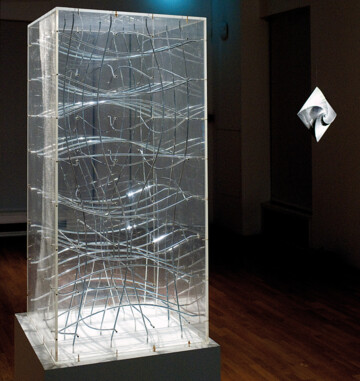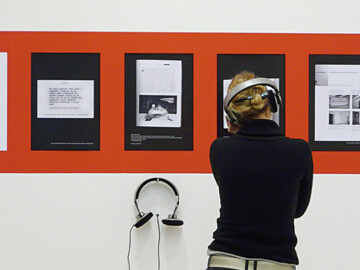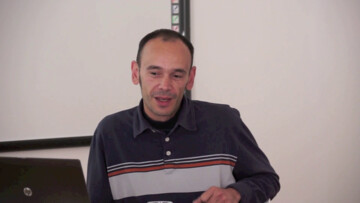The term “tendencies in art” is usually used to depict artistic trends – in terms of form, subject, style or any other aesthetic dimension, but in this part of the world it also involves historical connotations ranging from real-socialist-style censorship to significant art movements like the New Tendencies. The meaning of the term that I want to explore relates to social and political dimensions of art that I was dealing with as a member of the Prelom collective within the regional collaborative research project Political Practices of the (Post)Yugoslav Art about the cultural – artistic and political – heritage of the socialist Yugoslavia. In my case inspiration for the research was the Kontakt exhibition of the ERSTE Bank – show-casing their collection of East European neo-avant-garde and conceptual art – that presented the artworks in a curatorial and architectural setup that embedded them within a well-known discourse. The ideological outlook of the exhibition suggested a convenient story of the “brave artists” that fought for the freedom of expression in the midst of communist totalitarian societies, therefore ultimately creating a narrative that legitimizes the current neoliberal situation after the so-called democratic revolutions and all that transition to free-market economy. It was precisely this situation that, in my case, sparked the idea of rethinking the notion of tendency in art, since it directly brings together the matters of art and politics. My part of the research was focused on elucidating the historical socio-political context of the Belgrade’s Students’ Cultural Center’s first generation of conceptual artists. It showed that the tendency of an artwork or art movement could significantly differ in diverse historical, political and economic circumstances. For instance, while the tendency of conceptual art was founded some three and a half a decades ago on the critique of artwork as commodity (revolutionizing the very form of the artwork by depriving it of a fixed object and making it in fact just a communicated idea, bodily gesture or something else that could not be easily materialized as a thing that could be bought and sold), the tendency of the same conceptual artworks as exhibited by the ERSTE Bank Stiftung becomes established by an willy-nilly apotheosis of the present neoliberal condition (especially in terms of the ongoing economic transformation that favors the circulation of immaterial commodities as a source of profit). Therefore, inquiring into and discerning the tendency of art involves radical historization: questioning and revealing the determinants of aesthetical, cultural, social and political contexts of the meaning – better yet the effects – produced by the art. Since the meaning (or effectivity) of art is always an outcome of the powers operating in a particular institutional context, the research based on the notion of tendency can become an active force on the socio-political battlefield of art. Hopefully the term “tendencies in art” can thus be used as a starting point for a broader discussion on the relations between art and politics, ideology and political economy in different local contexts as well as in the broader global one.






